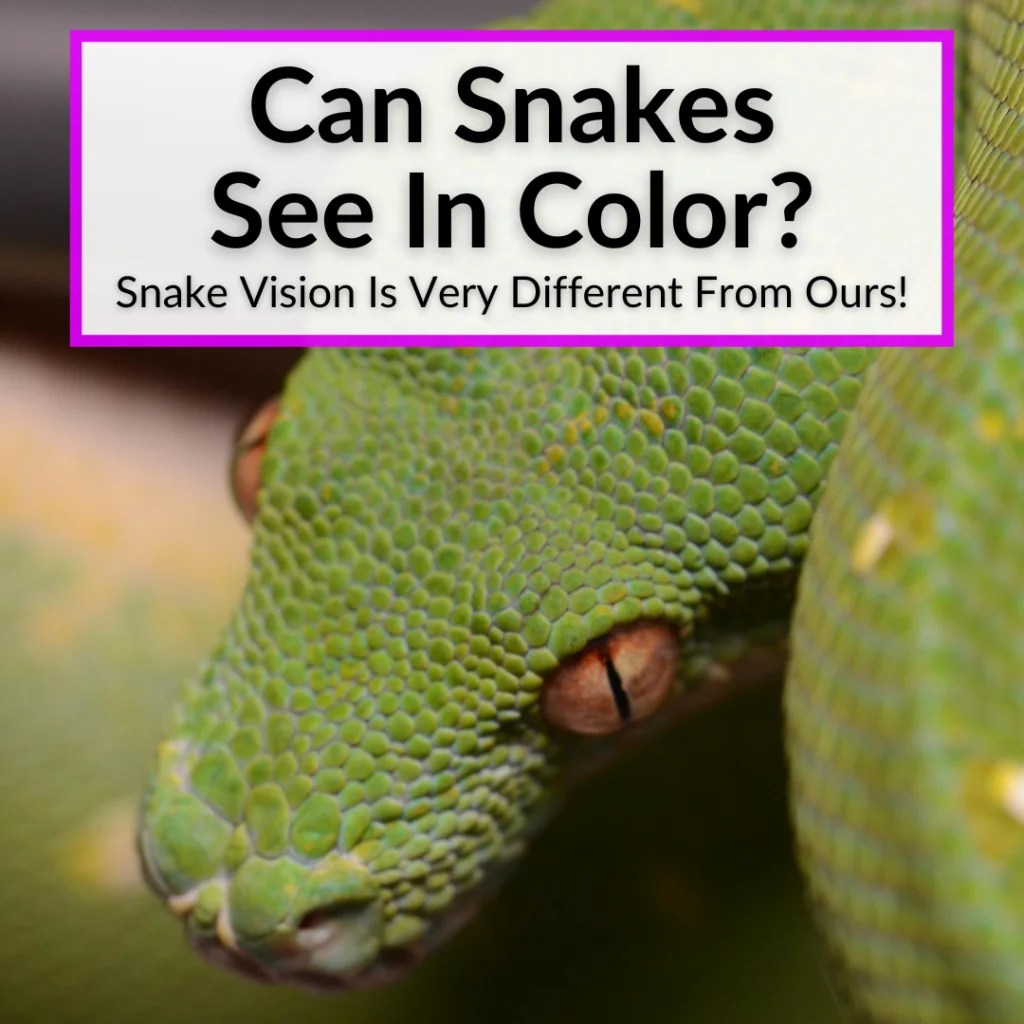Have you ever wondered about the capabilities of snakes when it comes to their vision? The question, "Can snakes see stars?" intrigues many who are fascinated by these remarkable reptiles. Snakes, with their unique adaptations, have evolved to survive in various environments, including the darkness of night. Their vision plays a crucial role in their ability to hunt and navigate through their surroundings. In this article, we will explore the intricacies of snake vision, their nocturnal activities, and whether they can indeed perceive stars in the sky.
Understanding snake vision requires an exploration of both their anatomical features and behavioral patterns. Snakes possess a different visual system compared to mammals, which raises the question of how they perceive light and darkness, especially during the night. This article aims to provide a comprehensive overview of snake vision, backed by scientific findings and expert opinions.
Join us as we delve into the fascinating world of snakes and their ability to see and navigate under starlit skies. We will discuss the biology of their eyes, their nocturnal hunting strategies, and much more. By the end of this article, you will have a clearer understanding of whether snakes can indeed see stars.
Table of Contents
- 1. Snake Vision: An Overview
- 2. Anatomy of Snake Eyes
- 3. Nocturnal Behavior of Snakes
- 4. Can Snakes See Stars?
- 5. Scientific Studies on Snake Vision
- 6. Conclusion
1. Snake Vision: An Overview
Snakes are often misunderstood creatures, and their vision is no exception. Unlike humans and many other animals, snakes have adapted to their environment in ways that enhance their survival. Their vision is primarily designed for detecting movement and distinguishing between light and dark, rather than for detailed color perception.
Most snakes have a dichromatic vision system, meaning they can see two primary colors. This adaptation allows them to be effective hunters, especially in low-light conditions. Understanding these aspects of snake vision is vital to answering the question of whether they can see stars.
2. Anatomy of Snake Eyes
The anatomy of snake eyes is significantly different from that of mammals. This section will delve into the unique features of their eyes that aid in their survival.
2.1 Retina Structure
The retina of a snake's eye contains specialized cells that are sensitive to light. These cells are crucial for their ability to see in dim light conditions. Snakes rely on rod cells, which are more sensitive than cone cells found in human eyes, allowing them to detect movement and light changes effectively.
2.2 Pupil Shape
Another fascinating aspect of snake anatomy is their pupil shape. The pupils of many snakes are vertically elliptical, which aids in depth perception and enhances their ability to gauge distances while hunting during the night.
3. Nocturnal Behavior of Snakes
Many snake species are nocturnal, meaning they are most active during the night. This behavior poses unique challenges and adaptations that we will explore in this section.
3.1 Hunting at Night
Nighttime hunting is a critical aspect of a snake's survival strategy. Utilizing both their vision and other senses, snakes can effectively locate prey even in the dark. Their ability to detect heat, combined with their visual adaptations, makes them formidable hunters.
3.2 Other Senses in the Dark
In addition to their vision, snakes possess other senses that are crucial for survival in low-light conditions. These include:
- Heat Sensing: Many snakes have specialized pits that allow them to detect infrared radiation, enabling them to find warm-blooded prey.
- Smell: Snakes have an acute sense of smell, which they use to locate food and navigate their environment.
4. Can Snakes See Stars?
With an understanding of snake vision and nocturnal behavior, we can now address the central question: Can snakes see stars? The answer is complex. While snakes can perceive light and darkness, their ability to distinguish individual stars would be limited.
Given their anatomical adaptations, snakes may be able to detect some light sources in the sky, but their visual acuity is not designed for star-gazing. Instead, they are more attuned to detecting movement and changes in light, which are critical for their survival.
5. Scientific Studies on Snake Vision
Numerous scientific studies have explored the vision of snakes and their adaptations. Research conducted by herpetologists has shed light on how these reptiles perceive their environment. Key findings include:
- Snakes primarily rely on rod cells for night vision.
- Their ability to detect movement is heightened in low-light conditions.
- Color perception is limited, focusing more on light intensity.
These studies emphasize that while snakes may not see stars in the same way humans do, their vision is finely tuned for their ecological niche.
6. Conclusion
In summary, snakes possess unique visual adaptations that allow them to thrive in various environments, especially at night. While they can perceive light and movement, their ability to see stars is limited. Understanding how snakes see the world around them enhances our appreciation for these fascinating reptiles.
We encourage you to share your thoughts on this topic in the comments below. If you found this article informative, consider sharing it with fellow reptile enthusiasts or reading more about snake behaviors and adaptations on our site!
Thank you for taking the time to explore the intriguing world of snake vision with us. We hope to see you back here for more exciting articles on wildlife and nature!




